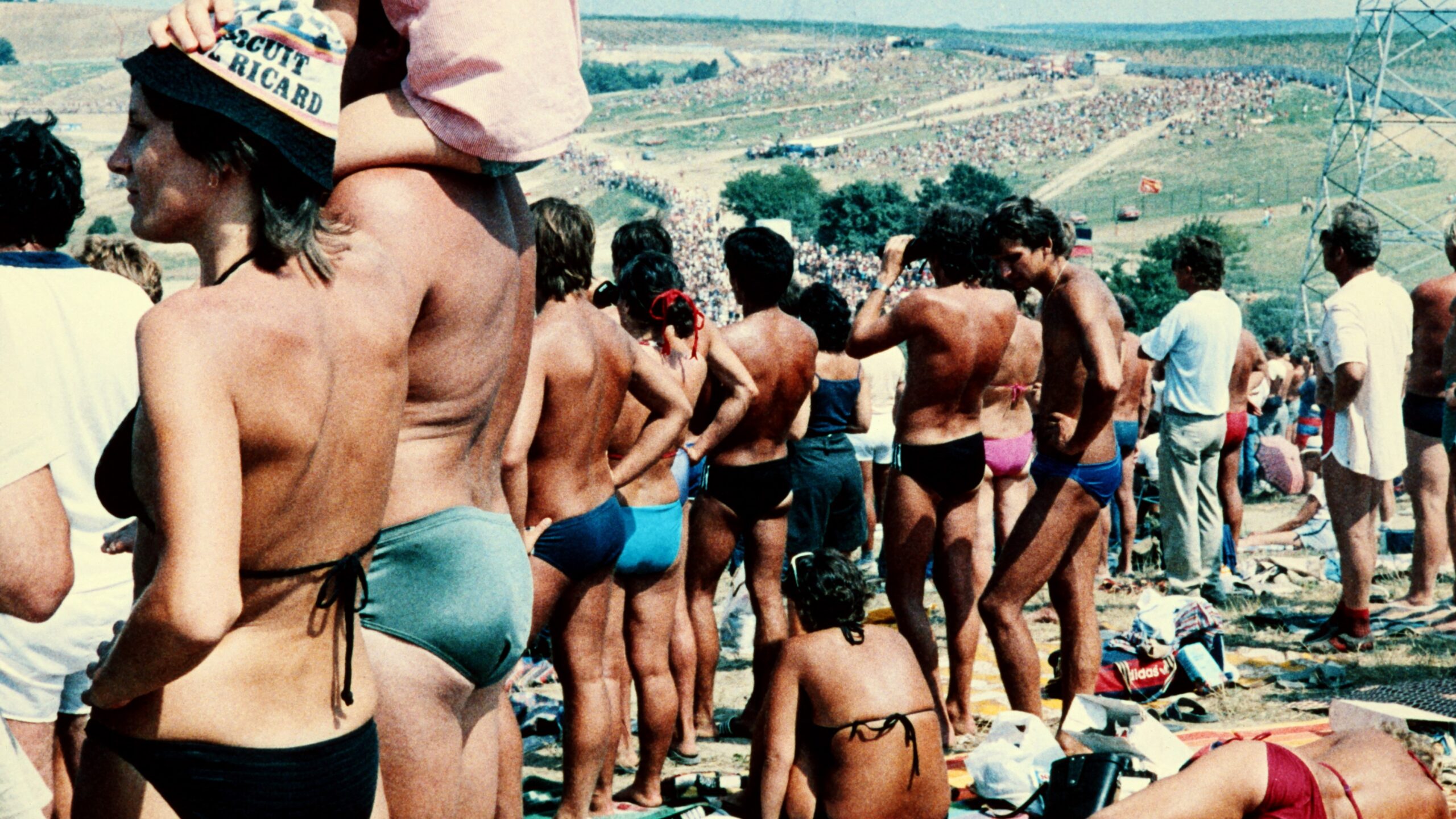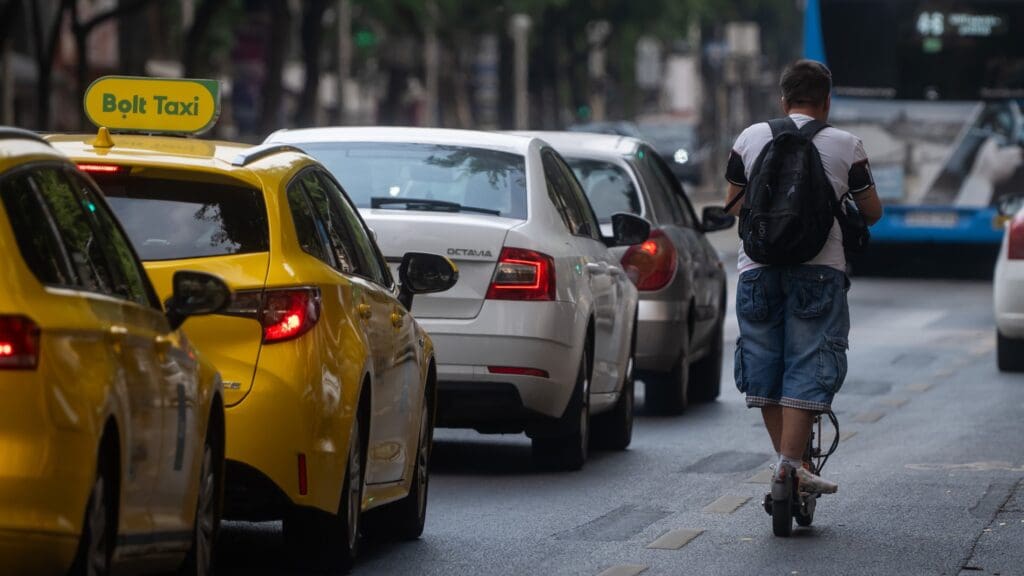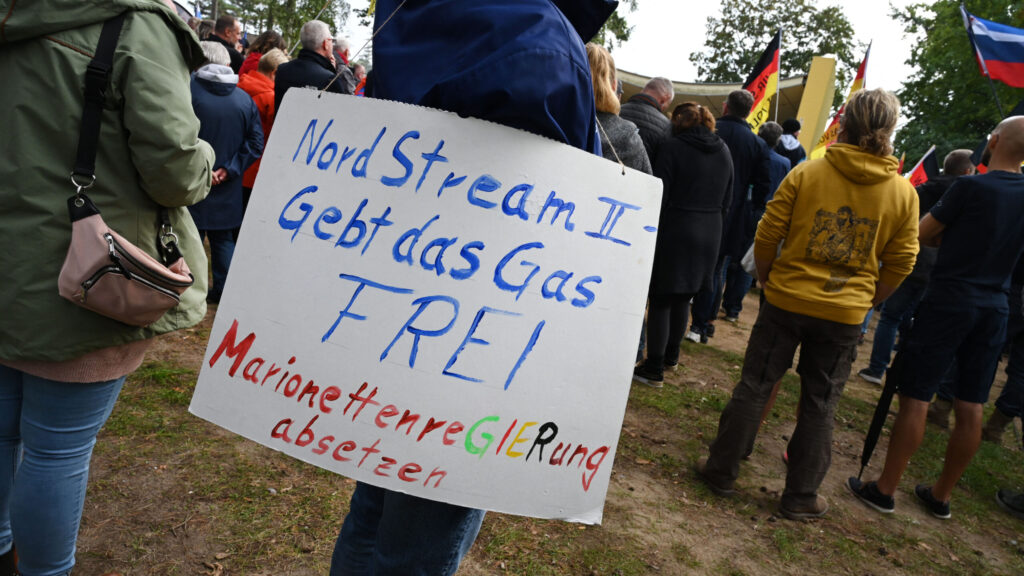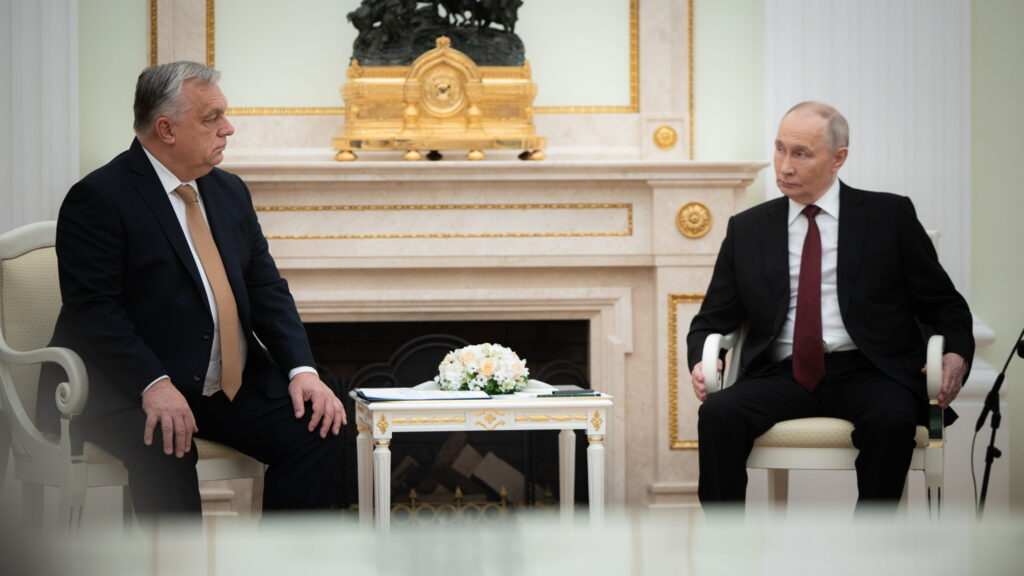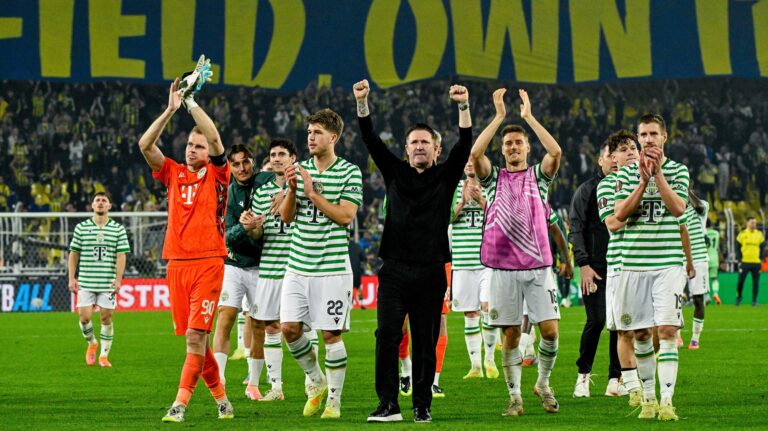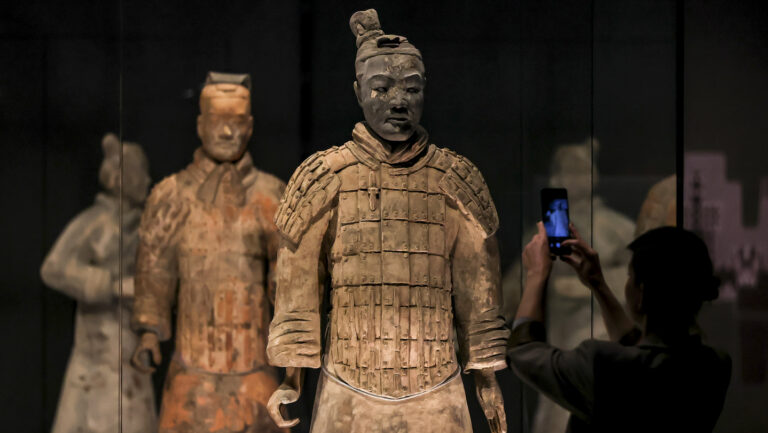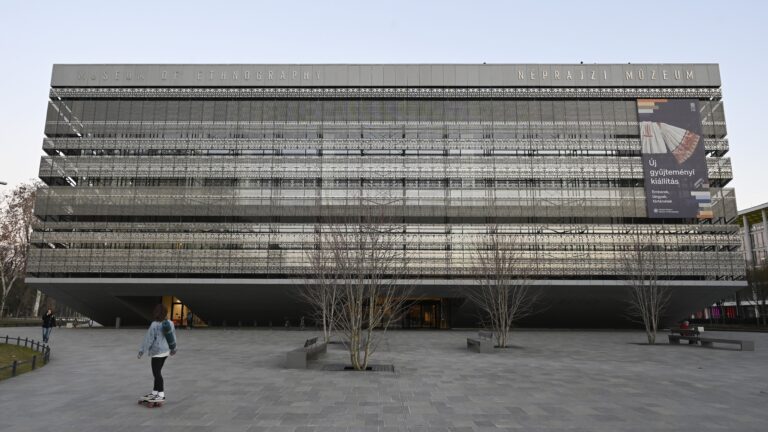1982, Moscow. Bernie Ecclestone is having a rough week.
Over the past decade, the former car parts salesman from South London has tightened his grip on Formula One. Co-owner of the Constructors Association, Bernie is in the midst of a decade-long transformation of the sport.
Through his deal-making genius, his ruthlessness, his flair for showmanship, F1 will gradually become the multi-billion-dollar spectacle of the 90s and beyond.
Right now, financially, it’s a mess. The circuits all cut individual deals, and the TV rights are negotiated in a patchwork manner. Everything seems to be a loss-leader for something else. What Bernie wants—what he sees will make him and everyone around him rich—is for the people who make the cars, the Constructors, to transform this piecemeal circus into a single, powerful entity—and then give it a truly global reach.
But lying on his bed in a Moscow hotel room, Ecclestone is at the rum end of a trip that is just not working.
He came here with a dream. The dream of racing behind the Iron Curtain. It has been two years since the boycotted Moscow Olympics. Not yet Glasnost. For a few fleeting months, the dribbling stroke victim Leonid Brezhnev still occupies the Kremlin.
Bernie is not a Cold Warrior. What he sees is spectacle. For him, a race behind the Iron Curtain is an act of supreme theatre. For a Western audience, it is immediately exotic, and the attendant controversy will fix it as a date in the media calendar.
‘Bernie is not a Cold Warrior. What he sees is spectacle. For him, a race behind the Iron Curtain is an act of supreme theatre’
So he dreams of a street circuit in Moscow, perhaps deploying the massive boulevards, built for parades of rocketry, around Red Square.
To that end, he writes directly to Brezhnev. At first, the Soviets respond. He tours the offices of dignitaries and apparatchiks. But nothing is working. The bureaucracy is glutinous. The higher-ups fear a propaganda coup on Red Square. And in truth, the city is not glamorous; it is grey and mouldering—like cabbage soup. Bernie returns home empty-handed.
***
March 1983, Rio de Janiero. Brazil has no such hang-ups. Despite the country still being stuck in one of its spasms of military dictatorship, the Brazilian Grand Prix has remained a colourful season opener to the F1 calendar. And today, as Rio sweats, in the paddocks of the Jacarepaguá, Ecclestone is chatting to an old friend, a very senior advertising executive, Tamás Rohonyi. Rohonyi is originally Hungarian, but now lives here.
Ecclestone unpacks his tale of Moscow, and tells him that his wife, Slavica, has been suggesting a race in Yugoslavia, where she comes from.
Rohony furrows his brow as he spots an opportunity. This is not a great idea, he says; instead, he recommends his own home country. ‘Why not Hungary?’
***
Summer, 1983. 200 feet above Budapest, atop Castle Hill, the imperial precinct of Old Buda, Bernie Ecclestone gazes down on the cream and terracotta spires of the Országház, the Hungarian parliament.
‘A place this beautiful shouldn’t be a secret,’ he tells his companions.
The idea of a Hungarian Grand Prix is fixed. But what about the practicalities?
Ecclestone drives down to the Southeast of the City, to Pest’s Népliget Park. Népliget is a municipal recreation zone, in the Soviet style. Square, massive, dotted with jarring concrete and decorative pavilions.
His dream is for Budapest to host a street circuit. The zoo, already located on the Népliget grounds, appears to pose a problem. But Ecclestone simply suggests moving the animals for the weekend. Naturally, a few permanent modifications to the site would be required… And at this point, negotiations break down once again.
But by now, Ecclestone is developing a political network. Rohonyi introduces him to the head of the Hungarian Automotive Association, Tibor Balogh. Who, in turn, introduces him to the Minister of Transport, Lajos Urbán.
Urbán is part of the Party infrastructure, but he is not an obvious ideologue. Rather, he’s a technocrat. A quiet man, with an engineering background who likes to fix things, especially trains. Urbán begins to put out feelers. Can a bigger deal be done? A whole new circuit, from scratch?
His people alight on a collective farm, in a valley, some 14 miles from Budapest along the M3, the major road that radiates East, towards distant Debrecen. Can they buy this sliver of land?
‘Maybe racing will bring us more money than potatoes.’
The woman who runs the collective farm almost shrugs. ‘Maybe racing will bring us more money than potatoes.’
But this is still a Communist country. Ownership remains a tricky concept; ways must be found. So, under Urbán’s stewardship, the Hungarians form a holding company, to manage the build. Six different corporations all put in about $150 000 a piece.
They break ground not long after. The pace is frantic. To finish on time, 500 workers toil on the site, scraping the earth and laying down the four-mile-long Hungaroring. Ecclestone anticipates disaster—but it never comes. Just eight months later, it’s there: completed on time and within budget. The race is set for 10 August 1986.
***
As race week begins, the teams pour in across the Austrian border in their 16-wheeler trucks. Special visa conditions are set up for the racers, and for the fans pouring in from Germany and Austria, requiring only a simple passport stamp. For one weekend only, you can at least break into the country.
The English driver Jonathan Palmer is racing for the German team Zakspeed. He tells his sponsors, the West cigarette company, that they should switch their branding. They love the idea: for one week only, West Cigarettes becomes East.
Across Hungary, ordinary fans flood into Budapest, sometimes billeting themselves ten to a room. A ticket costs about a quarter of the average monthly salary—but that doesn’t stop them. And it’s not just Hungarians: across the entire Eastern Bloc, there are Poles, Czechoslovaks, even Russians, all here to see their samizdat heroes.
Palmer is intrigued to find out about life on the other side of the Iron Curtain: ‘Three things made a big impression. The wonderful city of Budapest; the domination of lots of unusual cars: smoking Trabants, Wartburg and Moskvichs; and most importantly: lots of beautiful girls.’
***
By race day, the crowd has swelled from the budgeted 180,000 to nearly 200,000. Silverstone, by comparison, holds just 80,000. Already, the event has taken on a monolithic feel.
Up in the VIP box, Tamás Rohonyi is sat next to Urbán, who is visibly agitated. This is his show, after all: whatever happens next, he will carry the can.
Meanwhile, down on the track, the day is already sweltering. As they pull off for their warm-up lap, the grid is led by four past, present and future world champions.
Nelson Piquet—the cavalier, in a Williams Honda—a triple world champion now approaching the autumn of his golden years.
Ayrton Senna—his intense, younger compatriot, still in his springtime. This year, Senna races an unfancied Lotus that he has somehow coaxed, throttled, and bludgeoned into third in the championship standings.
Alain Prost—‘The Professor’, a dour French genius and reigning world champion.
And the Eeyorish Englishman Nigel Mansell, leading the championship by a clear ten points—a lead that will eventually be erased by a tyre blowout in the final laps of the season’s last race.
Not only are there four legends of the sport in the top four grid slots today—in 1986, the entire sport can justifiably be said to be at its peak. This is the Turbo Era. Turbocharged engines are delivering 1,000 horsepower straight to the right foot. By 1989, turbos will be banned, and the cars will be forcibly slowed by regulation—after all, they were beginning to rival low-flying aircraft.
The day pushes into the afternoon. As the cars line up, it’s 38 degrees in the shade. Inside the cars? Likely closer to 50. The hornet-whine of the engines becomes unbearable. The lights go on—then off. Green. Communism has its first Grand Prix.
‘Communism has its first Grand Prix’
Senna gets the best start, but Mansell moves into second, overtaking Prost and Piquet. As the laps accumulate, the character of the Hungaroring reveals itself. The circuit is packed with chicanes and twists, with only one fast start-finish straight where cars reach speeds of up to 180 mph. For most of the lap, Bernie has effectively created a street circuit by other means. No wonder the track is sometimes called ‘Monaco without the yachts.’
Chances to pass are hard to come by. But on the 63rd lap, Senna leads. Piquet is now second—and swarming him. But Senna’s unfancied Lotus is a mile wide. Trapped in the Hungaroring’s labyrinth, Piquet can’t get past.
Then, as they head into Corner One, a tight right-hander, Piquet executes one of the greatest overtakes in F1 history.
As they both turn, Senna spots Piquet coming down his inside and shuts the door by swerving right. So Piquet does something that, by all rights, should never work.
He goes for the outside—passing left, running wildly wide of the corner, taking it far too fast, and only then yanks the wheel around. Piquet has carved an elliptical arc, right into the tyre-gumming dust off the racing line. His rear wheels begin to slide—he’s juddering off the track; the whole car wobbles like a stylus on a record groove. Yet, somehow, still shifting gears with one hand and wrangling the wild wheel with the other, the impulsive, inventive Piquet is through.
In football terms, it’s like watching Maradona’s World Cup dribble in 1986. In cricket, it’ would be’s Shane Warne’s Ball of the Century.
As Piquet passes the chequered flag, up in the VIP box, Urbán breathes a sigh of relief for his own career. Whatever else happens, it happened. The plan worked, spectacularly in fact: the track attendance record set that day won’t be broken until Adelaide 1995.
***
For Hungary, the coup is diplomatic. Once again, they’re able to be seen as a beacon within the Soviet bloc. Distinctly different.
Of course it cuts both ways. Across the East, a new curiosity towards Western system is brewing, now partly driven on by these magnificent men and their racing machines. In three short years, that mood will become unstoppable.
Hungaroring 86 turns out to be the dawn of a new, more global era for Formula One. Ecclestone will go on to build a truly worldwide audience, and for his troubles becomes a multi-billionaire, Britain’s fourth richest man. As the decades pass, his model of total audience capture, his style of petrol diplomacy, expands to ever wilder locales. A Chinese Grand Prix. Indonesia. Azerbaijan. Saudi Arabia.
Yet Hungary remains the place where East first met West.
Related articles:

